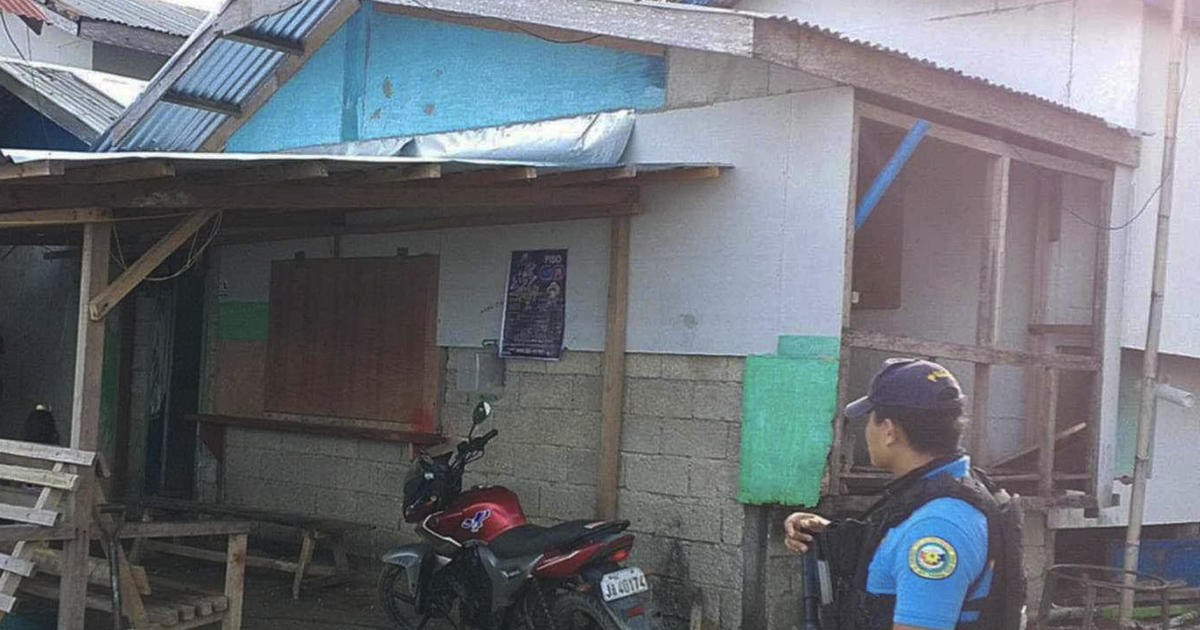The recent abduction of an American national, Elliot Onil Eastman, in the southern Philippines highlights the ongoing security challenges in the region. Eastman, a 26-year-old from Vermont, was reportedly shot and abducted by gunmen in Sibuco, Zamboanga del Norte, before being taken away by speedboat. While the details are still emerging and the motives unclear, the incident serves as a stark reminder of the historical issues with violence and instability that have plagued the southern Philippines for decades. This event underscores the complexities of the region and the continued need for robust security measures. The abduction is being investigated by Philippine authorities, who are working to secure Eastman’s safe release. International cooperation, particularly with the U.S. Embassy in Manila, will be crucial in ensuring a swift and positive resolution. The incident prompts concerns regarding the safety of both foreign nationals and local residents alike, particularly in light of past incidents involving kidnapping for ransom.
The Abduction of Elliot Onil Eastman
The Events of the Abduction
The abduction unfolded on Thursday night in Sibuco town. According to police reports, four armed men, identifying themselves as police officers, forcibly took Eastman. Eastman reportedly resisted, resulting in him being shot in the leg before being dragged onto a speedboat and taken toward Basilan or Sulu provinces. Local resident Abdulmali Hamsiran Jala witnessed the incident and reported it to the police, triggering the search and rescue operation. The police pursued the abductors but were unsuccessful in apprehending them or locating Eastman. The speed and efficiency with which the abduction was executed points to a level of planning and organization, suggesting that it may not be a random act of violence.
Official Response and Investigation
Philippine police have launched a full-scale investigation into the abduction, assuring the public that all available resources are being deployed to secure Eastman’s safe return. The regional police have appealed to the public for any information that could assist in the investigation. The U.S. Embassy in Manila has been informed and is likely cooperating with Philippine authorities. The investigation will focus on identifying the perpetrators, determining their motives, and ultimately securing Eastman’s release. The lack of immediate detail regarding Eastman’s activities in the Philippines and the timeline of his time there only add to the complexity of the situation and hamper investigation efforts. The urgency surrounding the situation emphasizes the sensitivity surrounding cases involving foreign nationals and the potential impact on international relations.
Security Challenges in Southern Philippines
Historical Context of Violence and Insurgency
The southern Philippines has a long and complex history of conflict, marked by poverty, insurgency, and a range of armed groups operating within the region. While the 2014 peace agreement with the Moro Islamic Liberation Front (MILF) significantly reduced large-scale fighting, smaller groups, notably the Abu Sayyaf group, continue to pose a security threat. The Abu Sayyaf group, designated as a terrorist organization by both the U.S. and the Philippines, has a history of kidnappings, bombings, and beheadings. This group primarily targeted foreign nationals for ransom in past decades but have since become significantly weaker as a result of consistent military offensives and have recently reduced their actions, resulting in fewer large-scale attacks than there used to be.
The Role of Abu Sayyaf and Other Groups
Although weakened, the Abu Sayyaf group and other smaller insurgent factions still operate in the southern Philippines. Their capacity to carry out sophisticated operations like the abduction of Eastman raises concerns about their capabilities and the overall security situation in the region. These groups exploit the socio-economic conditions in the region to recruit members and fund their activities, mainly using kidnap for ransom tactics as seen with Eastman.
Implications and Future Outlook
Political Context and Elections
The timing of the abduction near upcoming midterm elections in the Philippines is noteworthy, though authorities have reported only isolated incidents of such violence. Although historically, politically motivated crime, like kidnapping and extortion, has spiked during election cycles. In the past, this activity often involved attempts by rogue political actors to raise campaign funds using criminal activities. However, more recent efforts made in improving political corruption as well as increased enforcement efforts have resulted in fewer large scale, election driven crimes as seen historically.
International Cooperation and Security
The successful resolution of Eastman’s abduction will require strong cooperation between Philippine authorities and the international community, particularly the United States. Enhanced intelligence sharing and collaborative counter-terrorism efforts will be essential in addressing the persistent security challenges in the region. Increased attention to security concerns will provide reassurance to both foreign nationals and the Filipino people themselves.
Take Away Points:
- The abduction of Elliot Onil Eastman highlights the persistent security challenges in the southern Philippines.
- The incident underscores the ongoing threat posed by smaller insurgent groups despite progress made through peace agreements.
- International cooperation and robust security measures are crucial for ensuring safety and stability in the region.
- The timing near the elections warrants monitoring, given the historical association between crime and electoral cycles, though reported actions and data shows an unlikely spike in criminal actions of this nature in the region for election-driven reasons.




